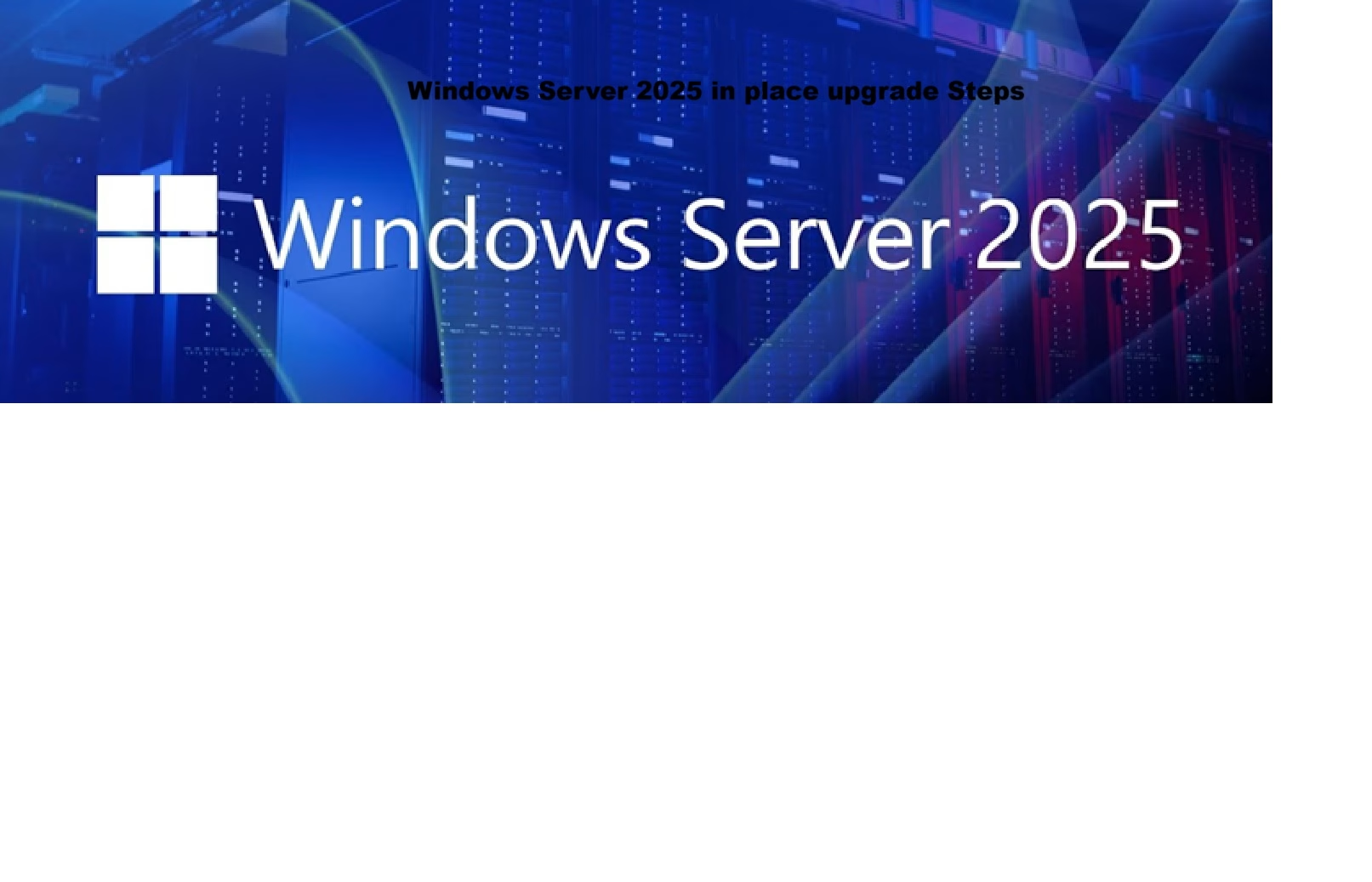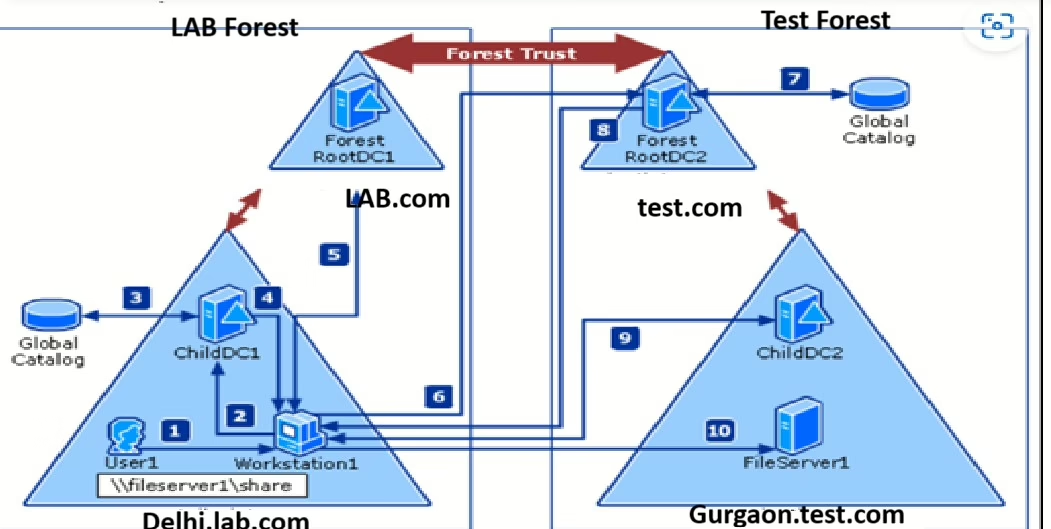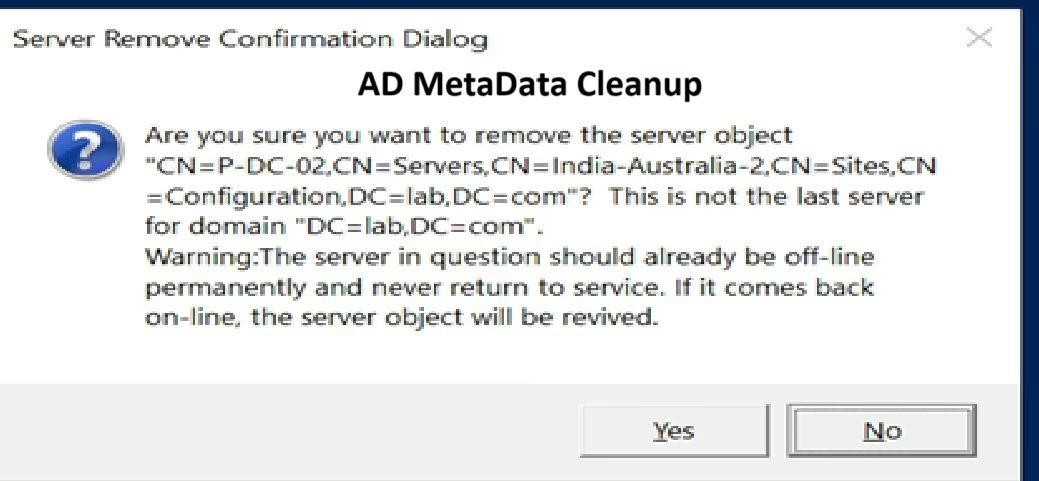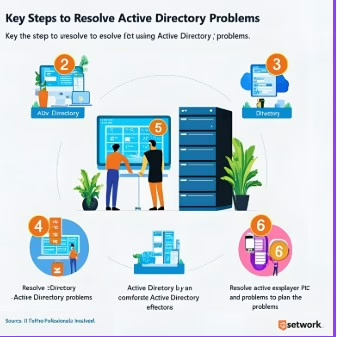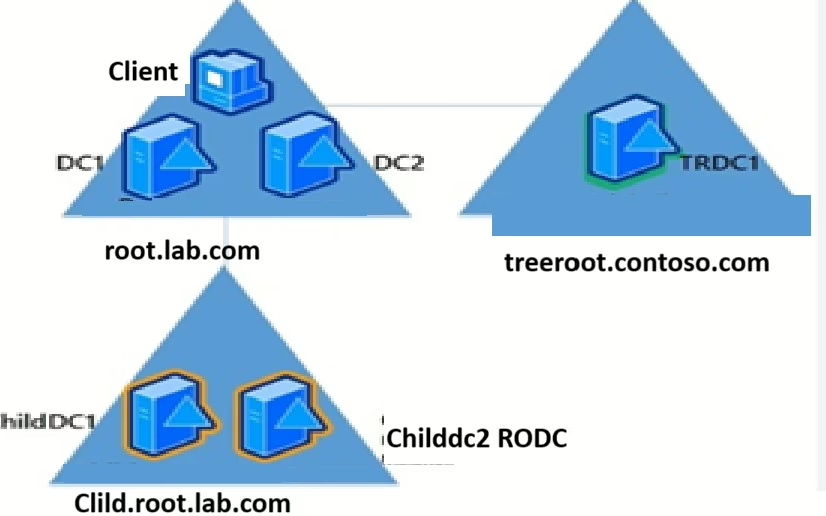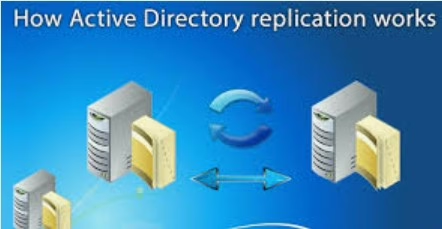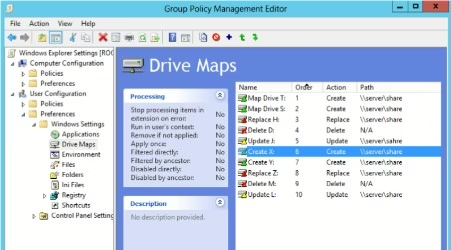Windows Server 2025 In-Place Upgrade Guide (with Screenshots)
Introduction Purpose of the guide Explains the goal — to help IT administrators perform a smooth, step-by-step in-place upgrade of Windows Server (e.g., from 2019/2022 to 2025). Supported upgrade paths Lists which Windows Server versions can be directly upgraded to Server 2025. Example: Pre-Upgrade Checklist System requirements : Minimum System Requirements for Windows Server 2025 Hardware … Read more
